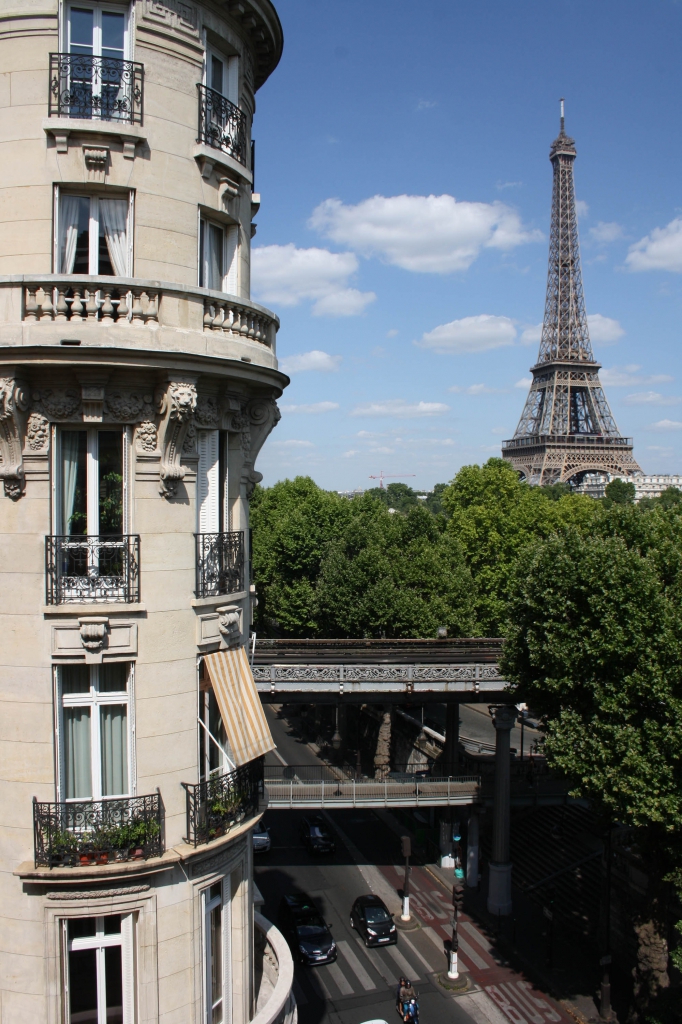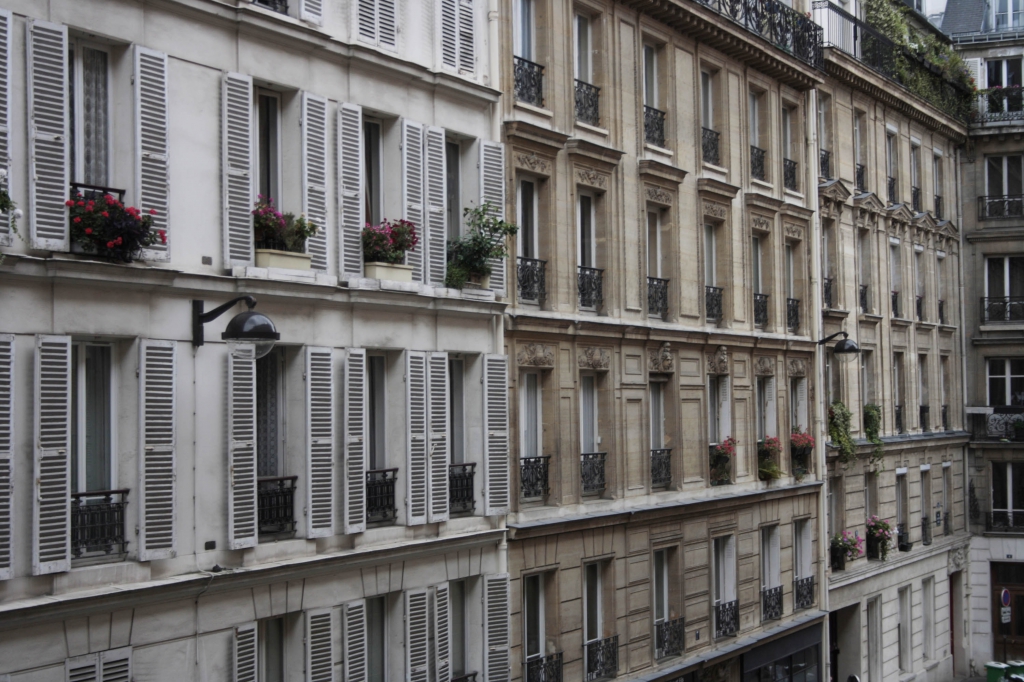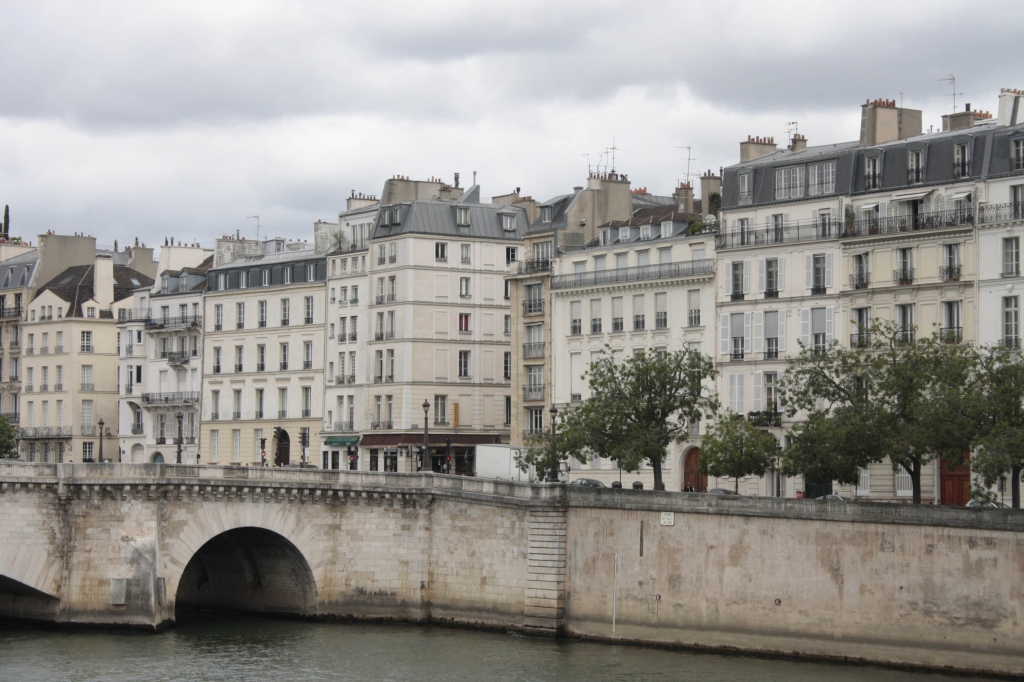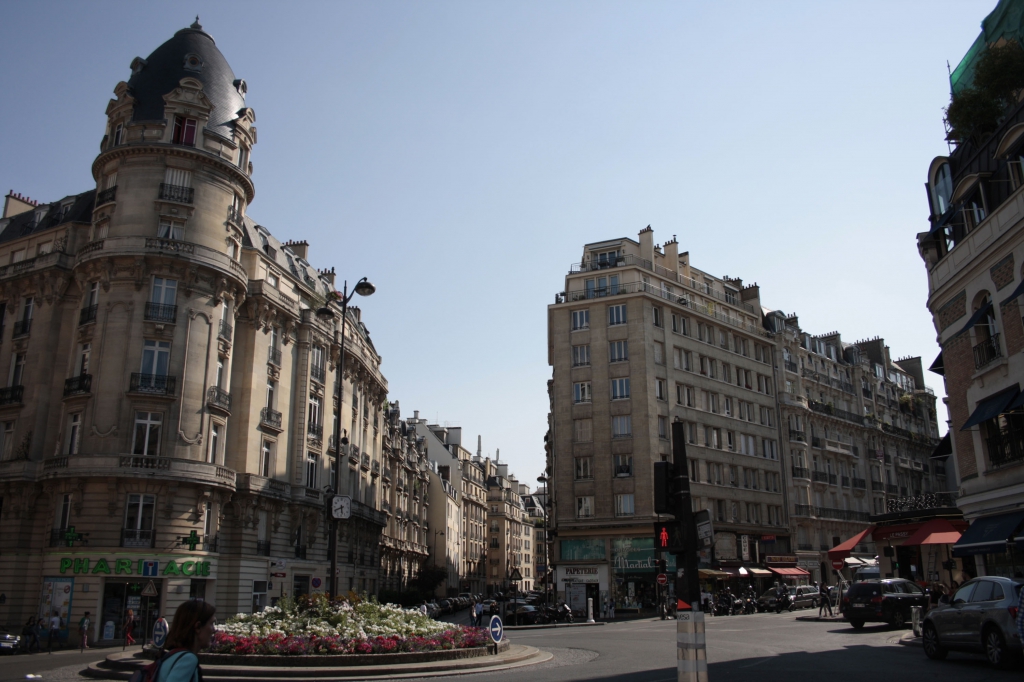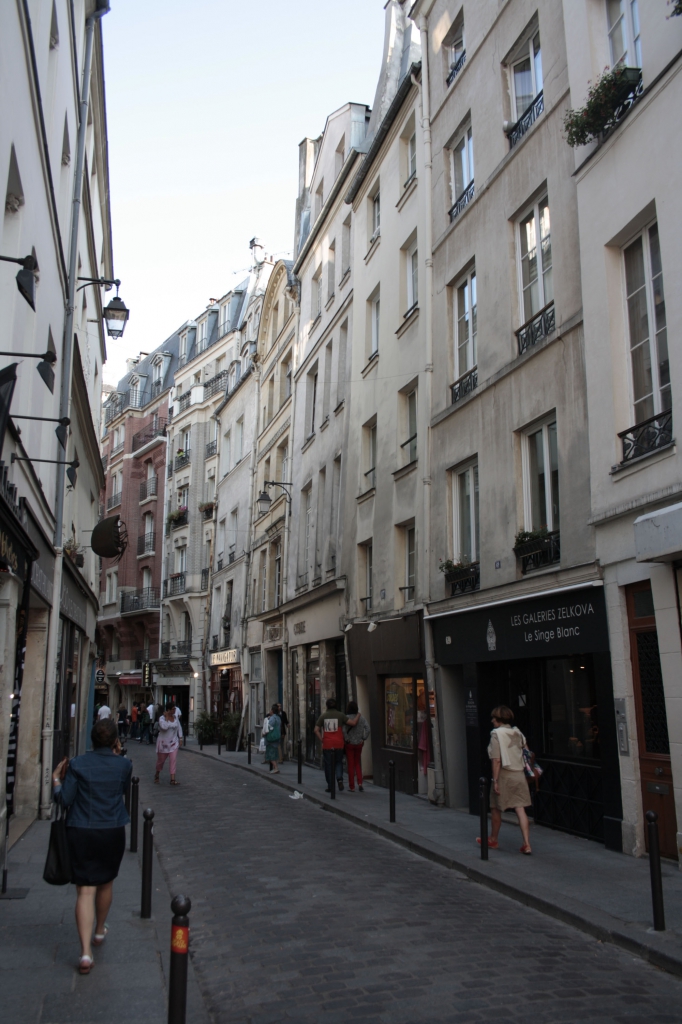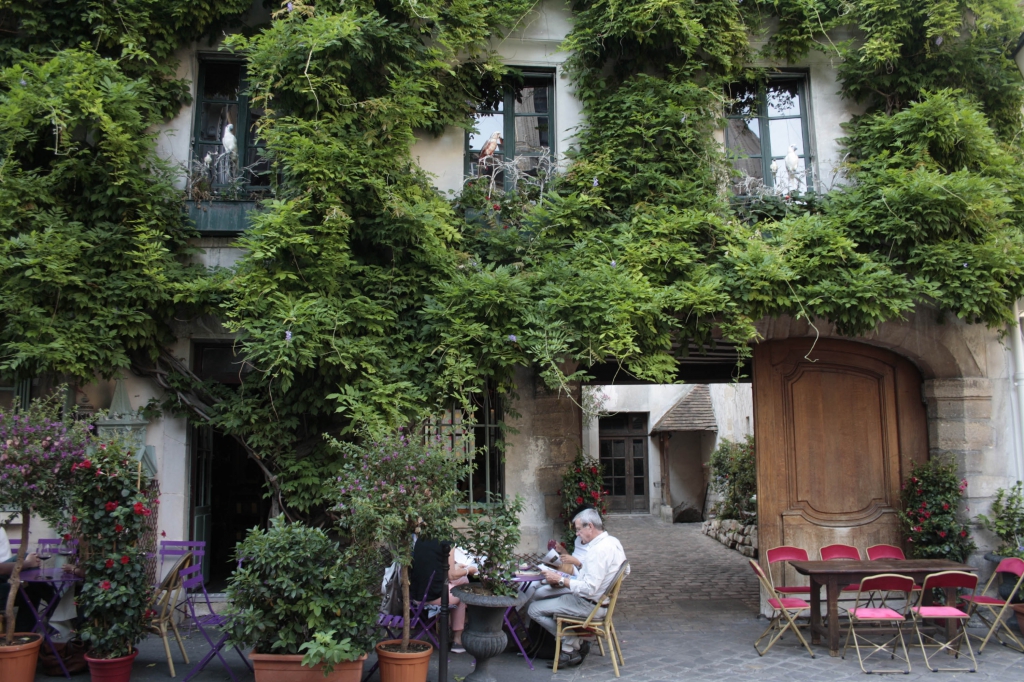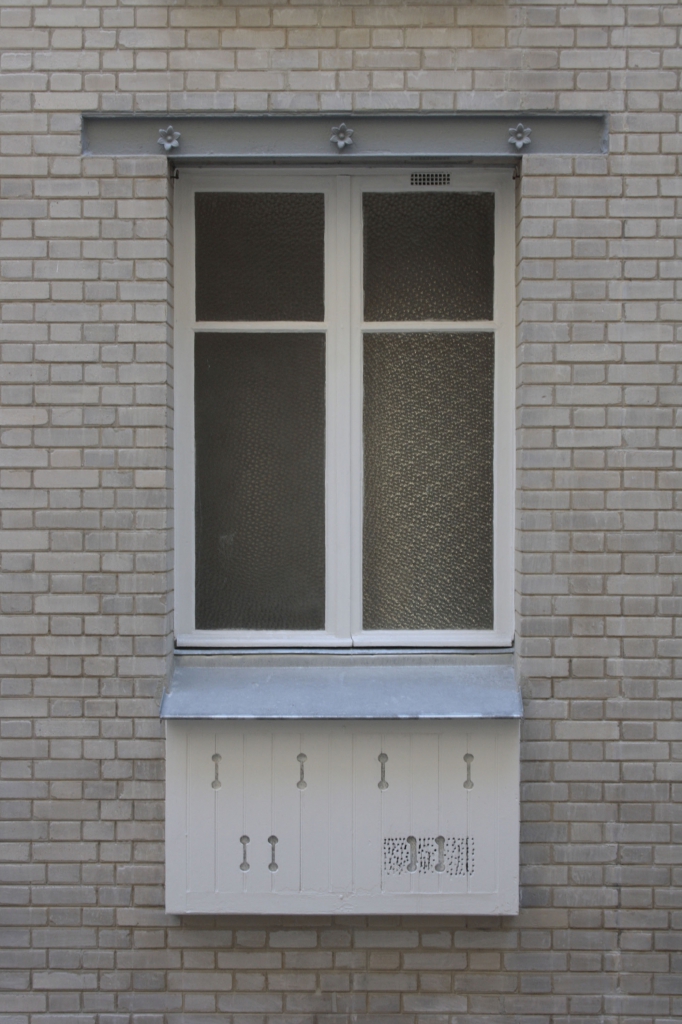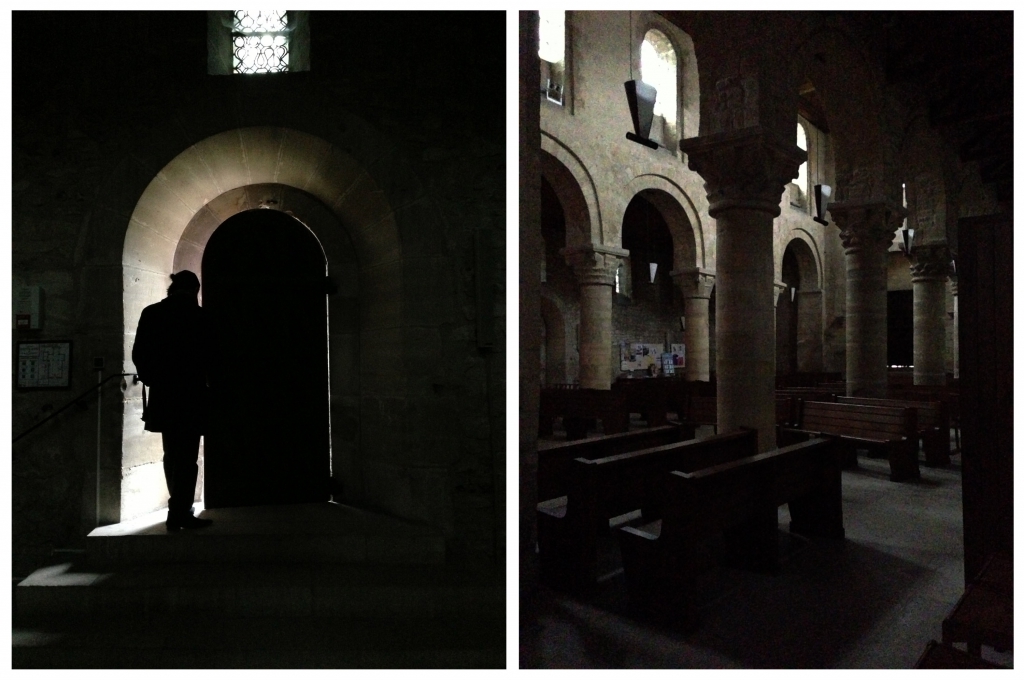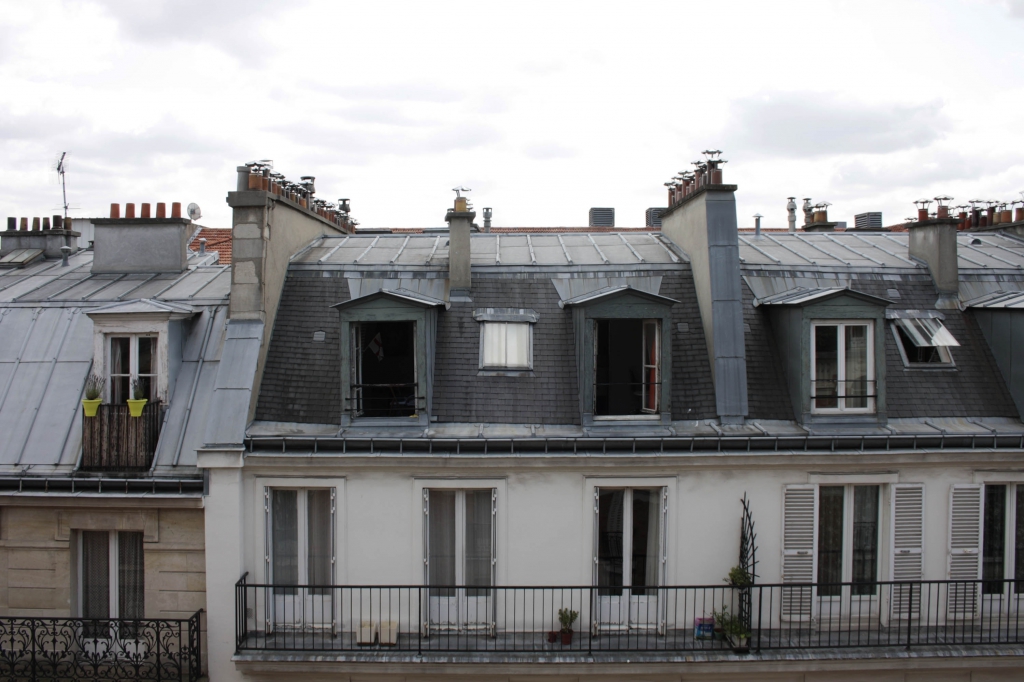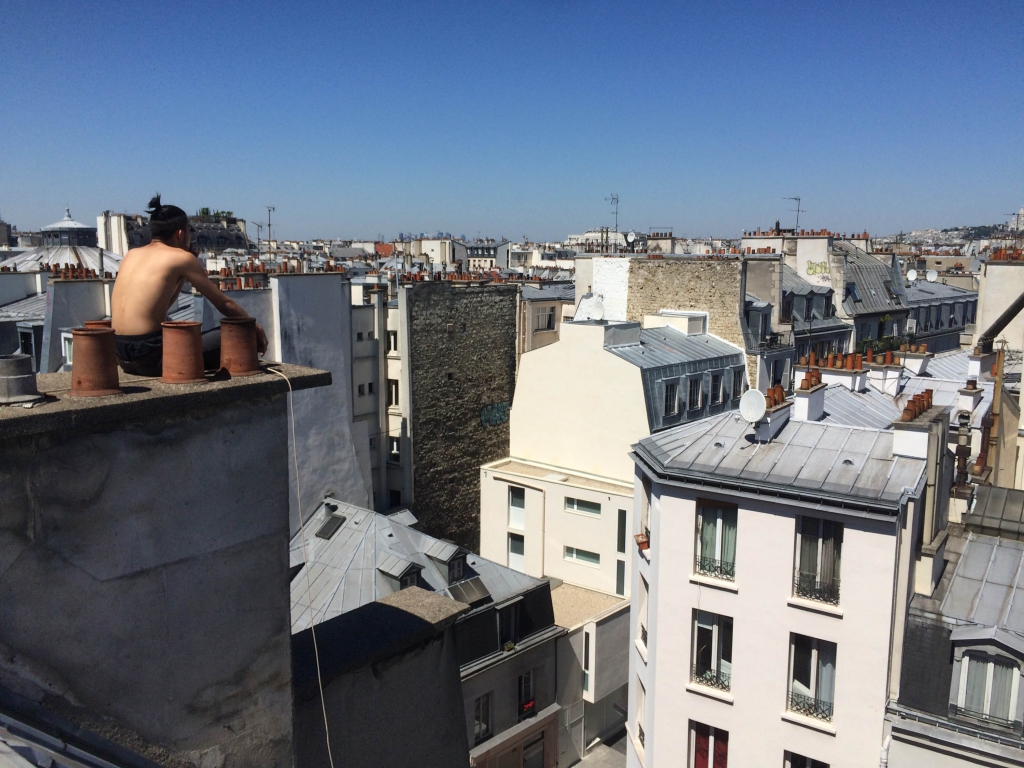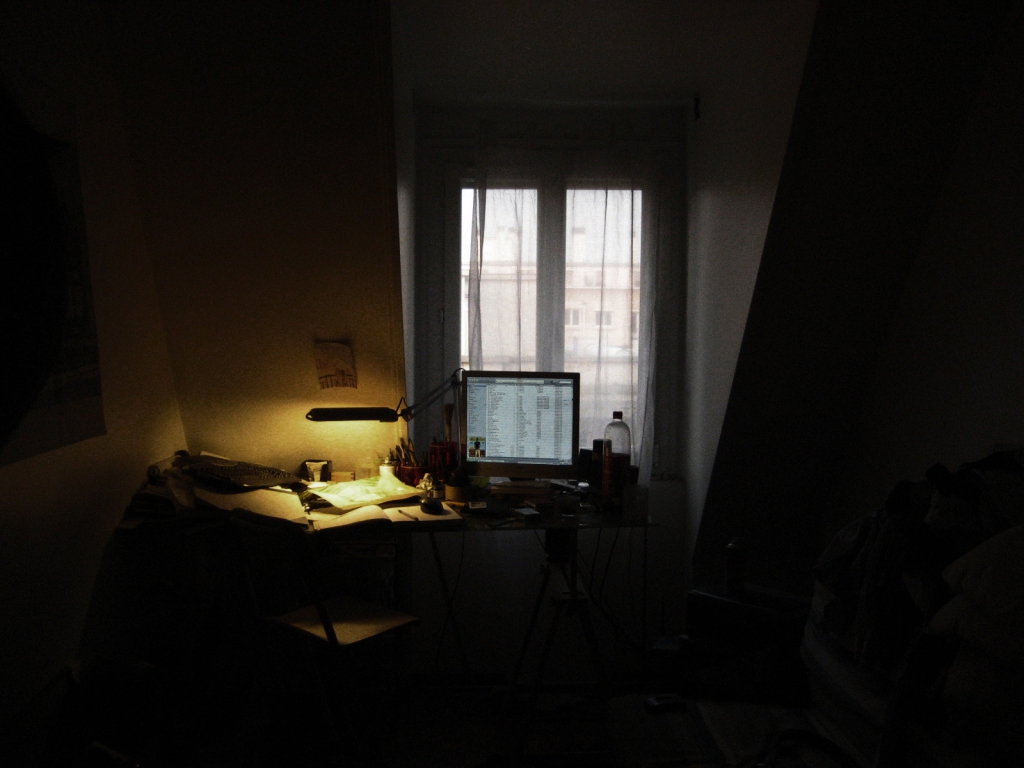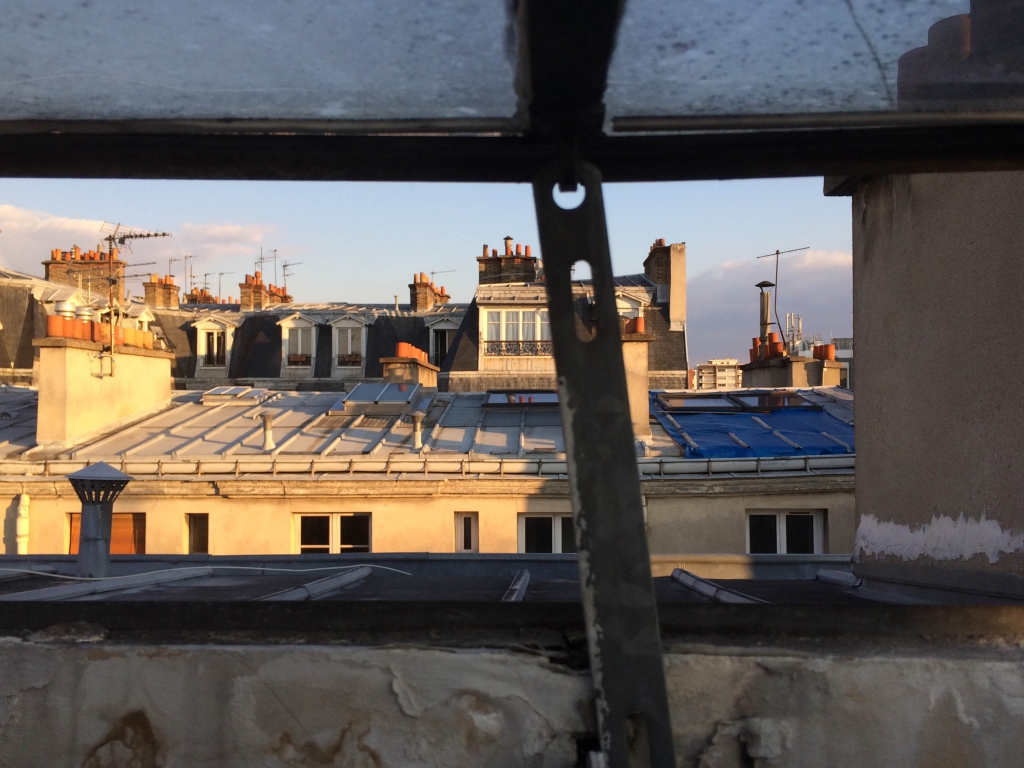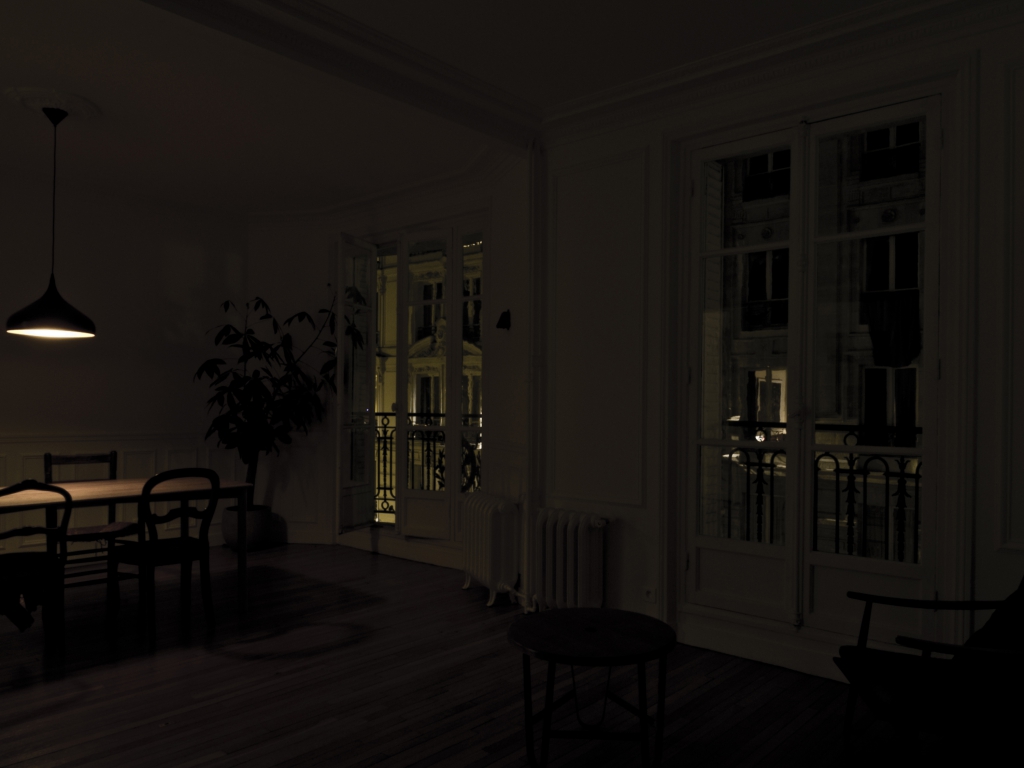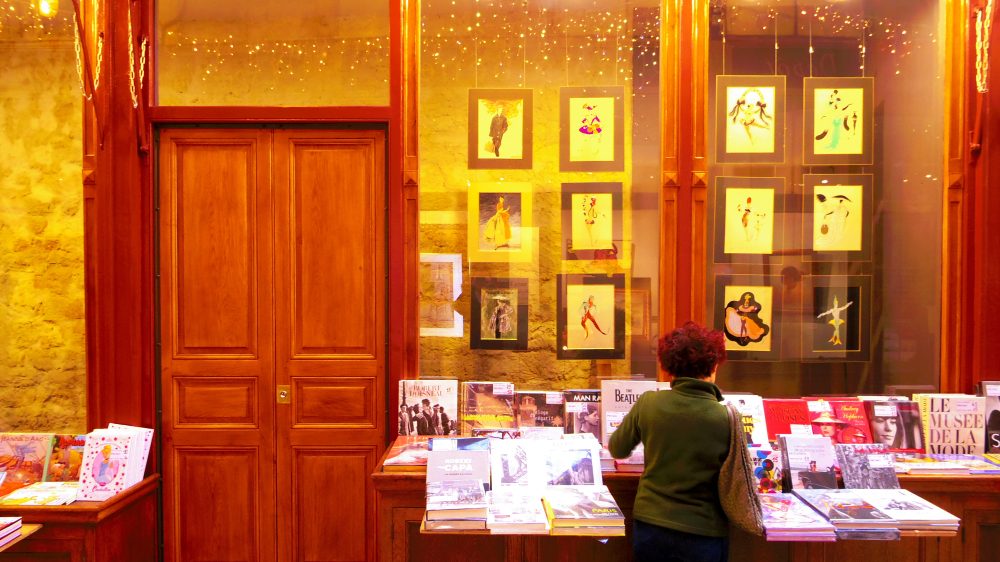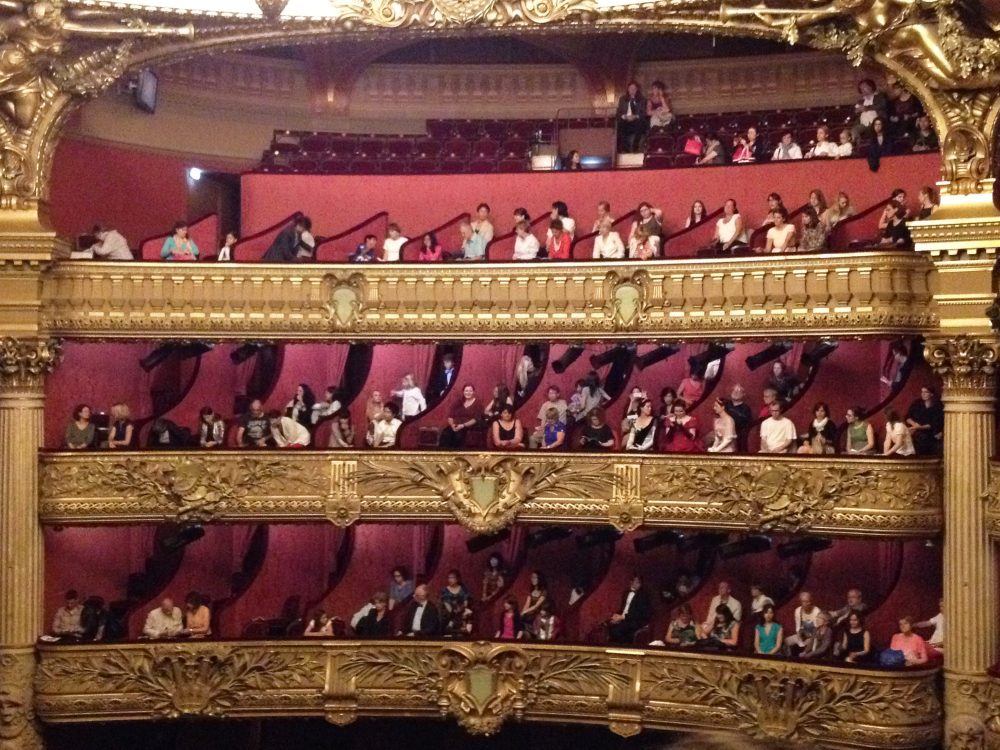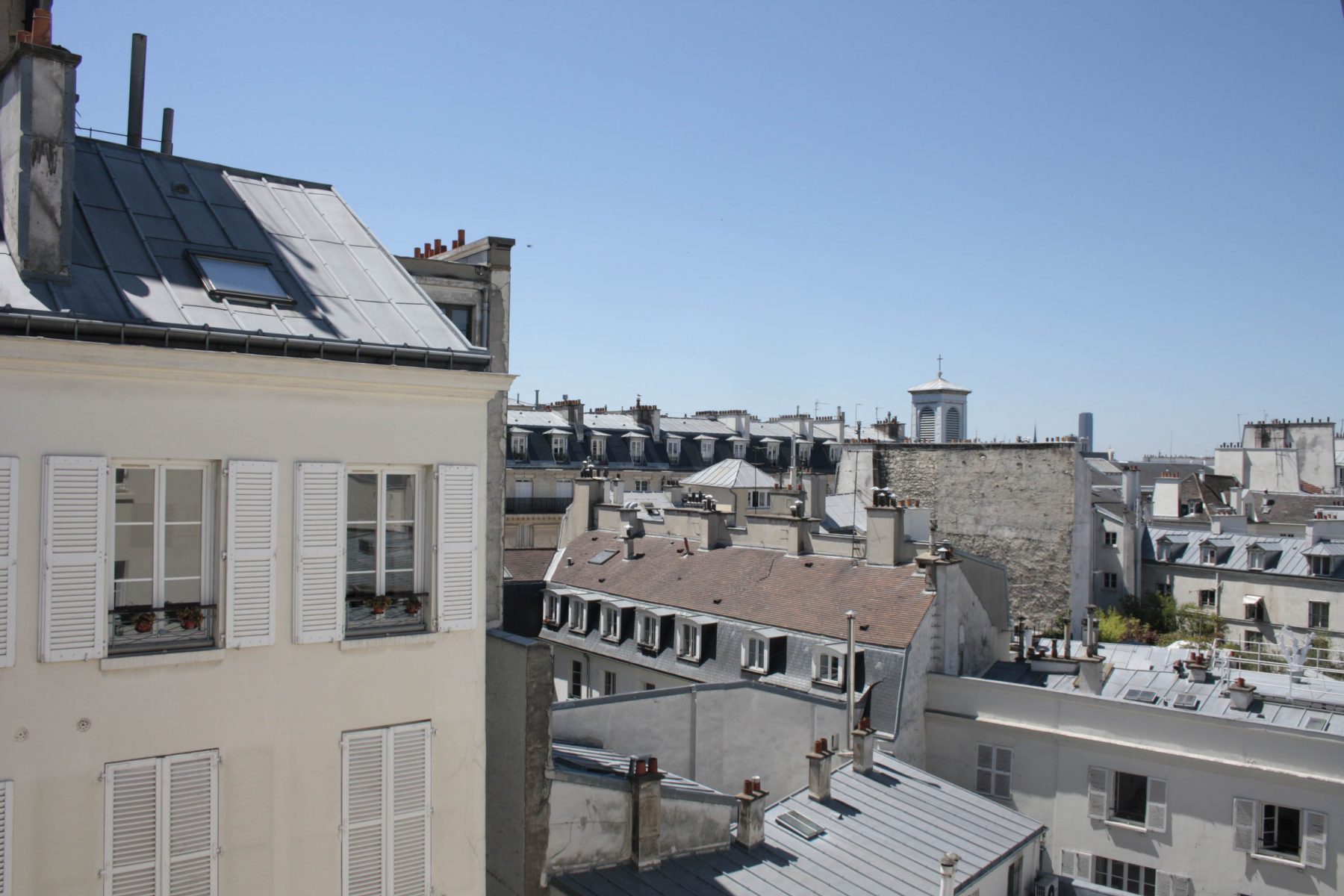
Series Window Column from Paris
la fenêtre à la française
17 Sep 2015
- Keywords
- Architecture
- Columns
Six years have passed since I arrived in Paris. Although my daily life has been changing and evolving every moment, Paris has kept the skyline since it has been built. The scenery of the small windows through the walls on the other side of the Seine River and the street haven’t changed their position since long before I arrived here. The busy traffic through the window has been unnaturally the same since the first day.
In the history and culture of the city of Paris, there is no doubt that the window has existed as a symbol and is an important part of the building. Meanwhile, it is well known that most of the things that happen around windows are everyday things or just slight changes in Paris.
What are the windows of Paris? I am not yet ready to straightforwardly provide an answer to explain the essence of the windows. I do not know whether the answer really exists. Anyway, in order to advance this question, I try to open up various cross-sections of the windows of Paris one by one. I expect to clarify the windows of Paris and aim to approach them.
-
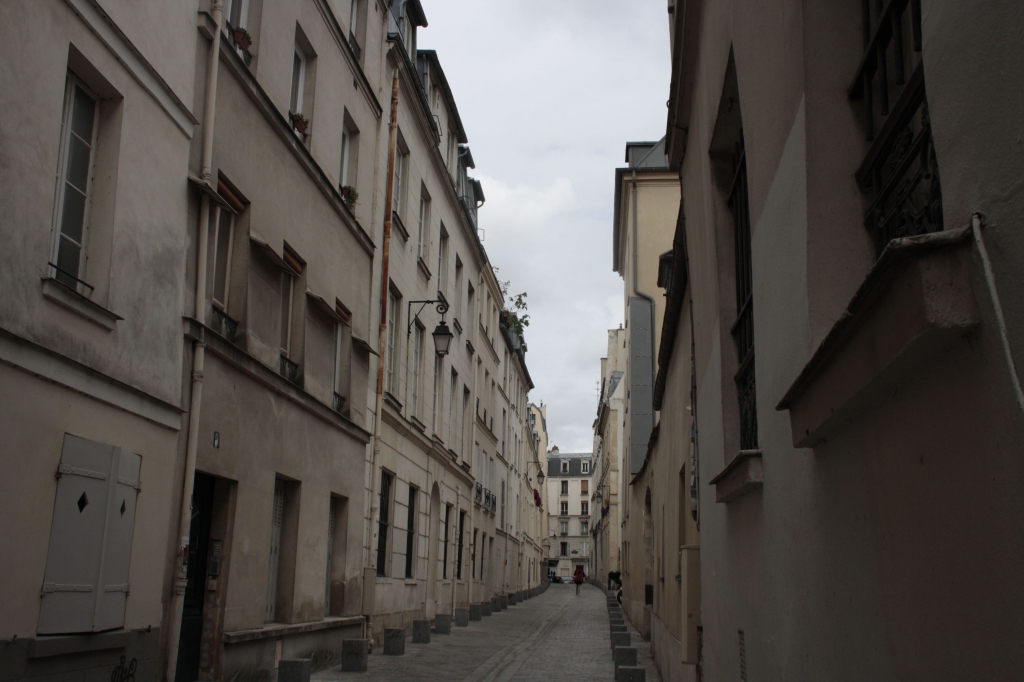
various landscapes and windows of Paris
Episode1
-

apartment bedroom
I woke up a little late that day. A wedge of light strikes my room by reflecting from the white wall on the other side of my apartment. I wake up and open the long window to ventilate the hot air in the room and to recover from my dizzy hangover. This long, white window is so called “la fenêtre à la française” -“the French window” with a double sided door.
This window is not a sideways sliding window like the Japanese traditional window, but a casement window that opens inward. By opening both of the windows, the wind jumps into the room and shakes the window on the other side of the room. I guess I made the room wake up as well. My day starts off with a nice breeze and a small argument by our neighbours is heard far away in the background.
-

la fenêtre à la française
Episode2
Walking through the streets in the centre of Paris, I notice a number of windows opened. The wall has a strong presence because of the continuation of the buildings. The continuous rhythm on the buildings makes it seem as if there are dots on the wall, rather than openings.
Around the windows, I find shutters, iron decorations and planters with bright-coloured flowers. Although few curtains are seen in the interiors, these elements on the walls help to decorate the streets of Paris.
I see figures over-looking the city. The figures vary, such as students, women or travelers, each of them watches the city of Paris from their own perspective. The city has always been under watch, and these windows in the neighbourhood are the eyes protecting Paris.
Episode3
On the opposite side of the main room facing the street, there is a window, through which a courtyard of the apartment can be seen. In daily life, the window toward the street is the front window, and the window toward the courtyard is the “rear window”. The rooms on the courtyard side are often used as a kitchen, a bathroom, a toilet and children’s room. These windows have functions for daily life.
Through the window, I see the figure of Madame doing the laundry and preparing dinner in the kitchen. I also hear the sound of a radio from somewhere. Children are looking outside, pointing at something from the window. The sun has set for dinner. Although I have written down “Rear Window”, there are no dramatic scenes anywhere close to those in the famous Hitchcock movie Rear Window.
-
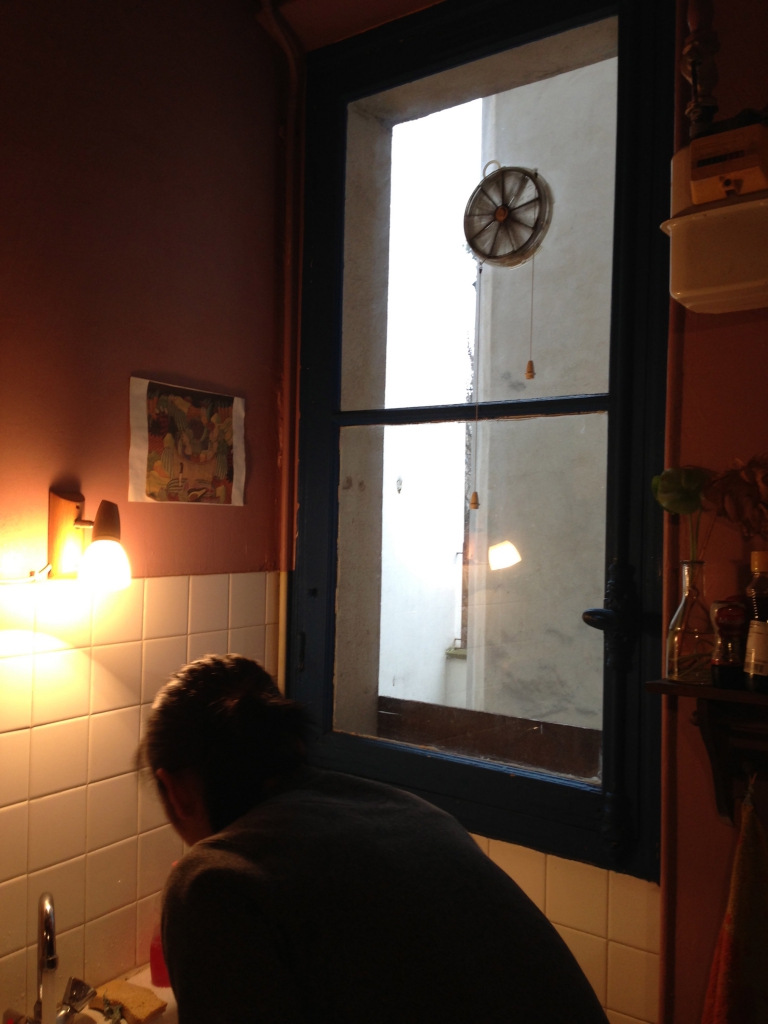
The ventilation ducts directly opened on the window
Episode4
-

Église Ste-Anne à Mantes-la-Jolie
On a cold winter day at the beginning of the year, I visited Mantes-la-Jolie, a riverside town on the Seine river, to see the Romanesque church. The church facing the square space that was once the center of the town is artless but also has a strong presence. I borrowed a key from some people living in the neighborhood to enter.
The inside was dark. Natural light comes in from a small window on the thick wall. There is little light coming through the window. The outside sounds are barely heard. There is a sense of concentration in the tense air. I hear the quietness there. I thought that the Romanesque church is better experienced in winter.
Episode5
Sometimes, something unexpected enters the window. One afternoon on a weekday, I met a thief in my apartment when I was peacefully working. It was my first year in Paris and I was living in the attic of the top floor of my apartment. My room was lucky enough to be the one chosen for the thief to invade. But I was also lucky enough to be present in the “lucky room” to see the thief walking around in the attic.
In the attic of the apartment, there is a small window that is called ʻʻdormer window’’ to take in natural light. It seems like the thief had forced himself into the room with his big body from this small dormer window. Noticing my presence, he was surprised and ran away in a hurry through the entrance. This made me think of his professionalism in being a thief… At any rate, that it had ended without serious incident was a small mercy. However, pigeons and cats are always welcome to come over.
Episode6
I would like to introduce another episode of the “dormer window”. “Si Mi chiamano Mimi (my name is Mimi)” from Puccini’s La Bohème, which is set in Paris in 1830, is a song about a poor woman living in an attic.
I don’t always go to mass,
But I often pray to the good Lord.
I live alone, all alone.
There, in a small white room,
I look at the roofs and the sky.
But when the thaw comes,
The first rays of sun are mine.
The first kiss of April is mine!
Typical apartments in Paris have six or seven floors. At that time, do to the non-presence of the invention of elevators, living on a higher floor was not yet considered to be a luxury. Most of the people living in the small attics with low ceiling were not rich.
After the dark winter, the first sunlight striking the small window might have been the only luxury for the people who lived in this place.
Episode7
-
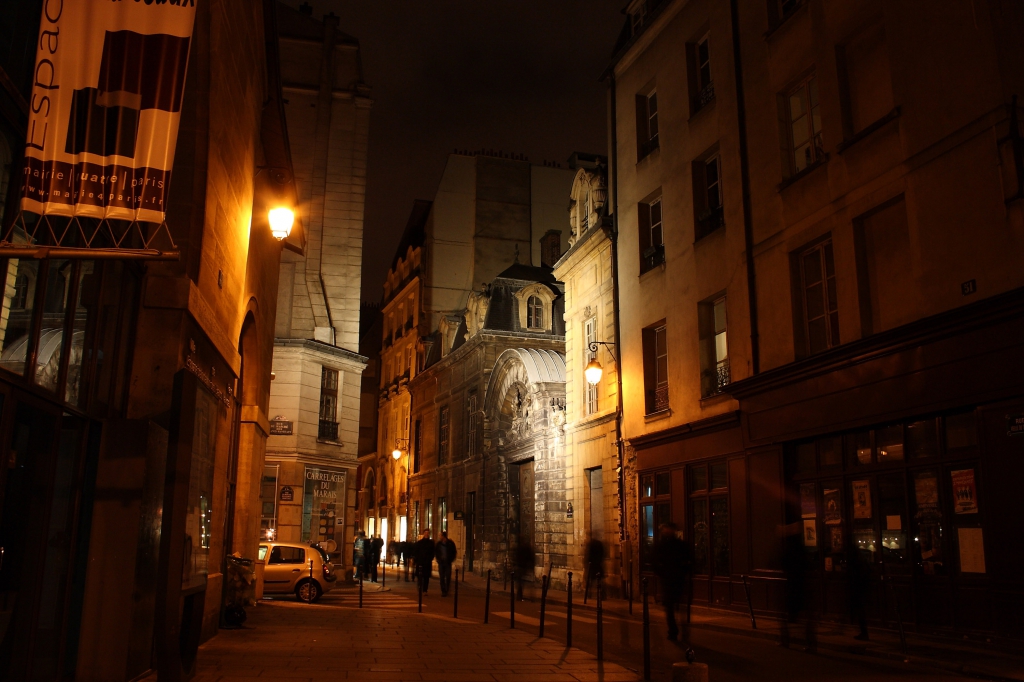
the street at night
Photography: Yuta Awaya
I take dinner after work and finish the day enjoying a conversation with colleagues and friends at a bar. I become sleepy as the night wears on. I say my goodbyes to my friends and head home. The bed in this city is deep.
When I arrive in front of the apartment, first of all I open the big door with the first key. Entering the apartment through the door, I find again another large door in front of me. I open this door with another key. Going up the old spiral staircase, there is a third door. Once again I open the door with yet another key.
My bedroom is at the very end after walking through many thick walls. My cave, being dark and quiet, is as if it has not been breathing. I turn on the light, taking off my jacket, and finally open the window. The air flows into the room, so I know it is breathing again. I feel that I am in this city. I might like this window the best.
I started from a small episode. Although this episode is a trivial thing with a focus on my personal experience, I tend to think that similar experiences are repeated every day around the windows in Paris. I am grateful if you can have an image of “windows of Paris” from these photos and episodes. In the next chapter, I would like to approach the “windows of Paris” from a different cross-section, taking it one step further.
Raybun FUNAKI
1987 Born in Ibaraki, Japan
2010 Bachelor degree from Department of Architecture and Building Engineering, Shibaura Institute of Technology
Studied abroad in France
2013 Completed the Master Course, ENSA-Paris-Belleville, Architecte diplomé d’état
Worked at EZCT architecture & design research
2014 Founded TeePee Architects in Paris
http://www.teepee-architects.com/

